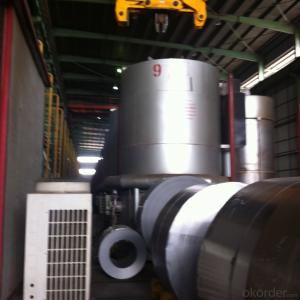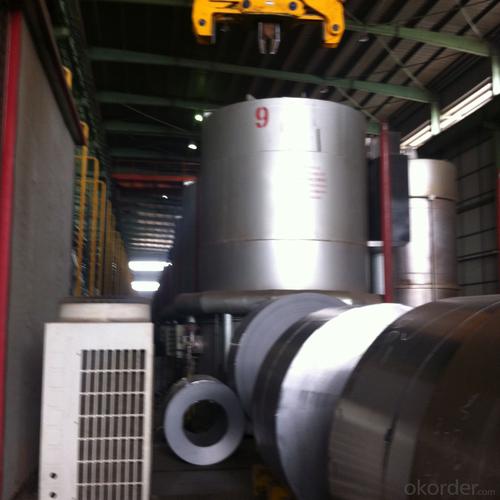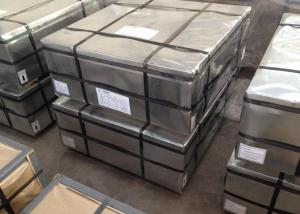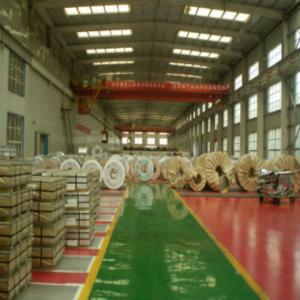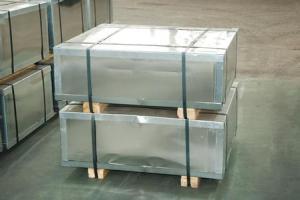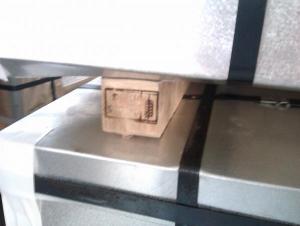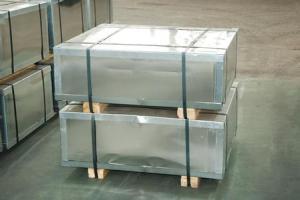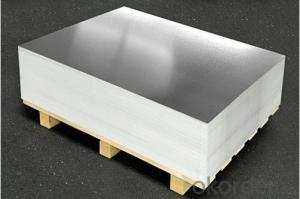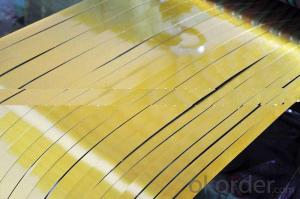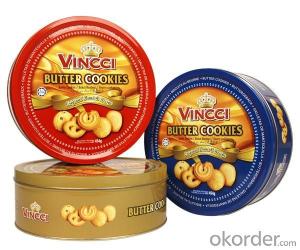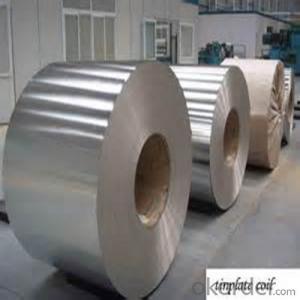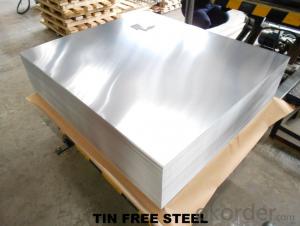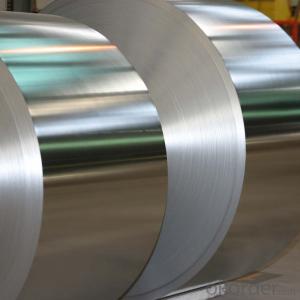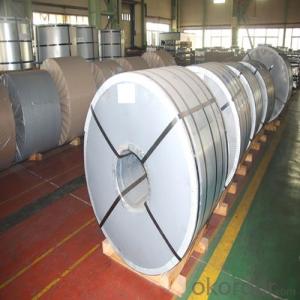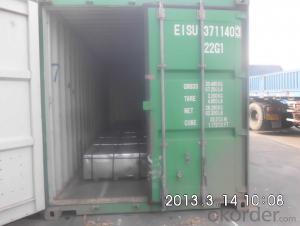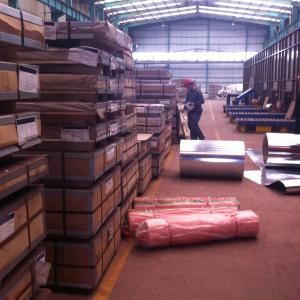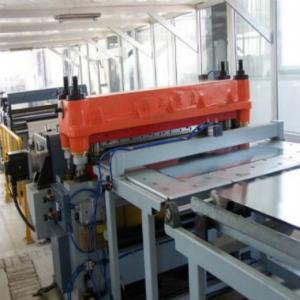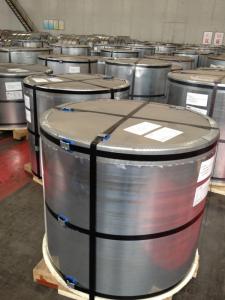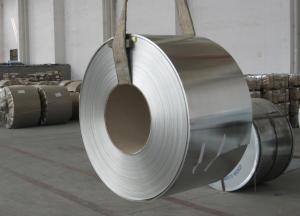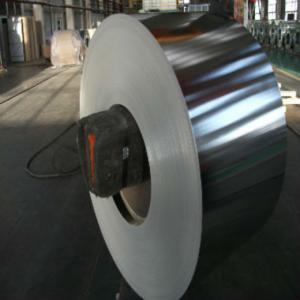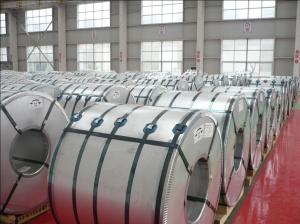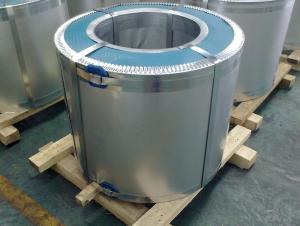Tin Free Steel for Fancy for Can Packaging
- Loading Port:
- China main port
- Payment Terms:
- TT OR LC
- Min Order Qty:
- 25 m.t.
- Supply Capability:
- 30000 m.t./month
OKorder Service Pledge
OKorder Financial Service
You Might Also Like
1. Products: Tin Free Steel
Tinplate and TFS are widely used for making all types of containers such as artistic cans, tea cans, painting cans, chemical package cans and metal printing etc. Its applications are not limited to containers; recently, they have also been used for making electrical machinery parts and many other products.
2. Specification:
Our goods enjoyed high quality both at home and abroad. We can supply tin free steel as follows:
Technical standard | JISG3315 and GB/T24180 - 2009 (BS EN 10202:1990) |
Steel Type | MR / SPCC |
Thickness | From 0.15mm to 0.50mm (Tolerance +/- 0.01mm) |
Width | Normally 600-1050mm (Tolerance +3/-0 mm) |
Coating | Total chromium min 30mg/m2 max 140mg/m2 |
Temper & Annealing | T1-T5, DR7-8, TS230-TH435, T49-T65(+/- 4) |
Surface Treatment | Bright & Fine Stone & Stone & Silver & Matt |
Payment terms | Letter of Credit (L/C), Telegraphic transfer (T/T) |
Price terms | CFR & CIF price term |
Delivery time | Within 60 days after received L/C or T/T down payment |
Packing | High quality shipping packing which contains thin plastic film, rust-proof paper, metal cover, metal angles and strap sand pallet. |
Minimum order Quantity(MOQ) | 25 metric tons (1X 20'' container) |
3. Pictures:
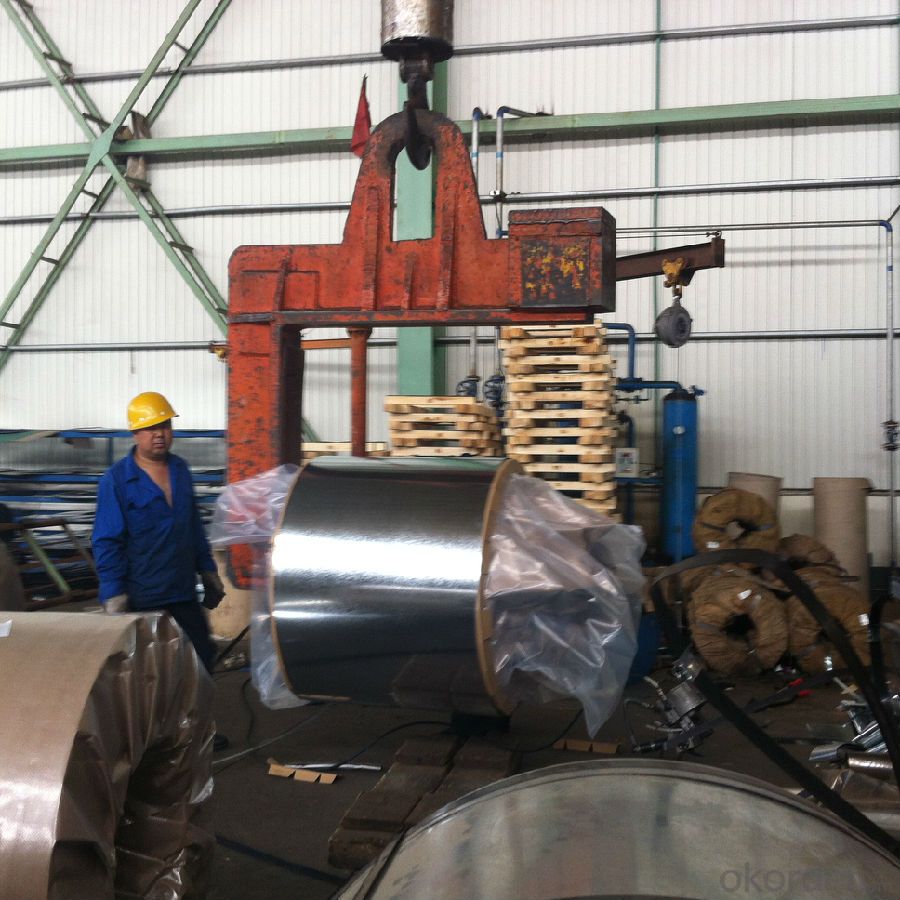
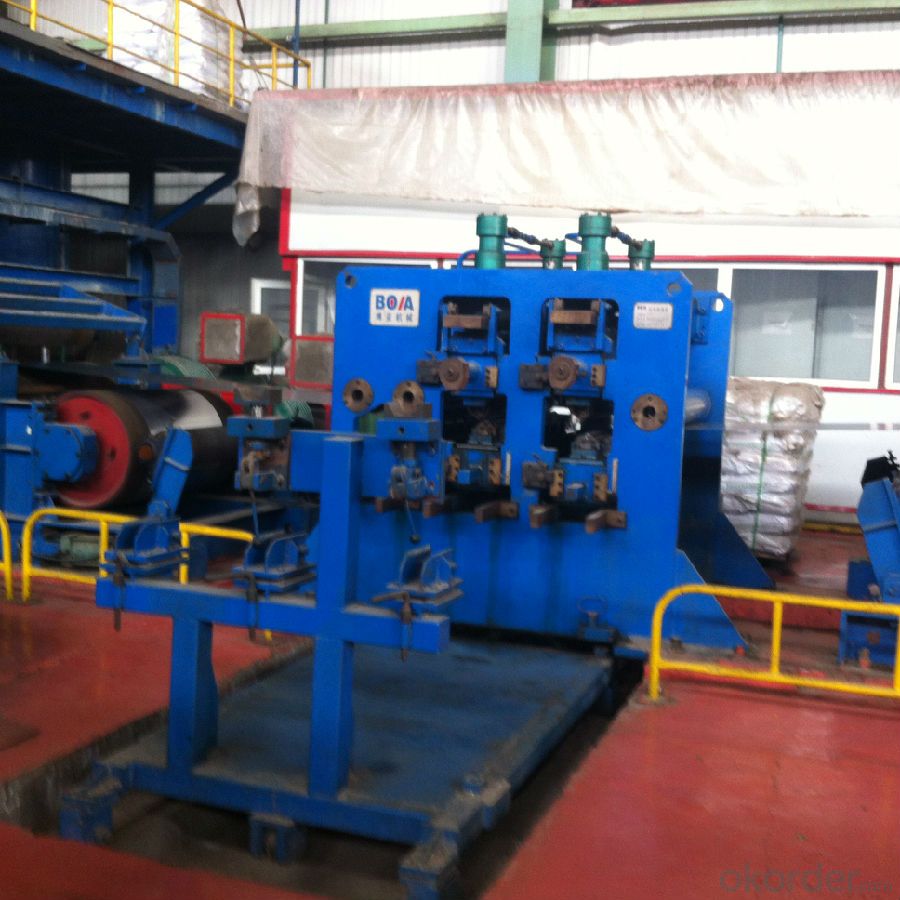
4. Features of the factory price/ tin free steel/tinplate/tfs/tmbp/etp/spte:
Beautiful Appearance
Excellent Paintability & Printability
Excellent Formability & Strength
Excellent Corrosion Resistance
Excellent Solderability & Weldability
5. FAQ:
We are one of the main producers in China for tinplate, tin free steel and also TMBP. At present, our productivity is more than 450000 MT/year.
For more information about our products or company, pls contact us freely.
- Q: What are the different types of tinplate containers available?
- There are several different types of tinplate containers available, including cans, tins, boxes, and drums. These containers can come in various shapes and sizes, and they are often used for packaging food, beverages, chemicals, and other products. Tinplate containers are known for their durability and ability to protect the contents from external factors such as light, air, and moisture.
- Q: What are the main challenges in tinplate transportation?
- The main challenges in tinplate transportation include ensuring the proper handling and protection of tinplate materials to prevent damage or deformation during transit, managing the weight and size of the products to optimize shipping costs, and addressing any potential corrosion risks that may arise due to exposure to moisture or other environmental factors. Additionally, coordinating logistics and finding efficient transportation methods to ensure timely delivery and minimize any disruptions in the supply chain are also key challenges in tinplate transportation.
- Q: What are the regulations regarding the use of tinplate in food packaging?
- The regulations regarding the use of tinplate in food packaging vary depending on the country and region. However, in general, tinplate used in food packaging must meet certain safety standards to ensure that it does not contaminate or pose any health risks to consumers. These standards often involve regulations on the composition of the tinplate, such as restrictions on hazardous substances like heavy metals, as well as requirements for coatings or linings to prevent direct contact between the food and the metal. Additionally, labeling requirements may exist to inform consumers about the presence of tinplate in the packaging. It is important for manufacturers and suppliers to comply with these regulations to ensure the safety and quality of food packaging.
- Q: How does tinplate affect the recyclability of mixed-material packaging?
- Tinplate can have a positive impact on the recyclability of mixed-material packaging. Tinplate is highly recyclable and can be easily separated from other materials during the recycling process. This allows for efficient recycling of tinplate components in mixed-material packaging, contributing to overall sustainability efforts.
- Q: Can tinplate be used for toys and games?
- Yes, tinplate can definitely be used for toys and games. Tinplate is a durable and versatile material that can be easily molded into various shapes and sizes, making it suitable for manufacturing different types of toys and games. Its corrosion-resistant properties also ensure the longevity of the toys, making it a popular choice in the industry.
- Q: How does tinplate contribute to the attractiveness of cosmetic packaging?
- Tinplate contributes to the attractiveness of cosmetic packaging due to its unique properties. Its shiny and reflective surface enhances the visual appeal of the packaging, making it look more luxurious and high-end. Additionally, tinplate offers excellent printability, allowing for intricate designs, vibrant colors, and high-quality graphics to be displayed on the packaging, which further enhances its attractiveness. The durability and strength of tinplate also ensure that the packaging remains intact and visually appealing throughout its lifespan.
- Q: What are the advantages of using tinplate for shipping containers?
- There are several advantages of using tinplate for shipping containers. Firstly, tinplate is highly durable and provides excellent protection against corrosion, ensuring the safety and integrity of the goods being transported. Secondly, tinplate is lightweight yet strong, making it easier to handle and transport containers efficiently. Additionally, tinplate is easily recyclable, making it an environmentally friendly choice. Lastly, tinplate has a smooth surface which can be easily cleaned and sanitized, reducing the risk of contamination during shipping.
- Q: How is tinplate affected by humidity?
- Tinplate is highly susceptible to corrosion, and therefore, humidity has a significant impact on it. Moisture in the air can cause tinplate to rust and deteriorate more quickly.
- Q: What are the different types of tinplate surface treatments?
- There are several types of tinplate surface treatments, including electrolytic tinplate (ETP), tin-free steel (TFS), blackplate, and lacquered tinplate.
- Q: How does tinplate perform in extreme temperatures?
- Tinplate performs well in extreme temperatures as it has high heat resistance and low thermal expansion properties. It can withstand both extremely high and extremely low temperatures without warping or losing its structural integrity.
Send your message to us
Tin Free Steel for Fancy for Can Packaging
- Loading Port:
- China main port
- Payment Terms:
- TT OR LC
- Min Order Qty:
- 25 m.t.
- Supply Capability:
- 30000 m.t./month
OKorder Service Pledge
OKorder Financial Service
Similar products
Hot products
Hot Searches
Related keywords
